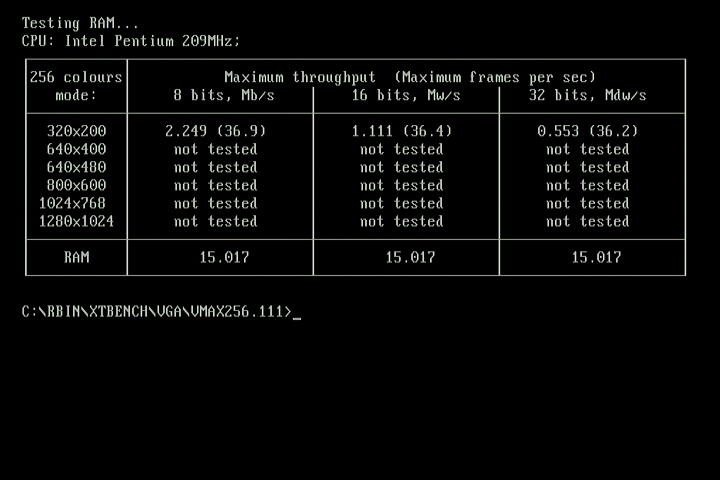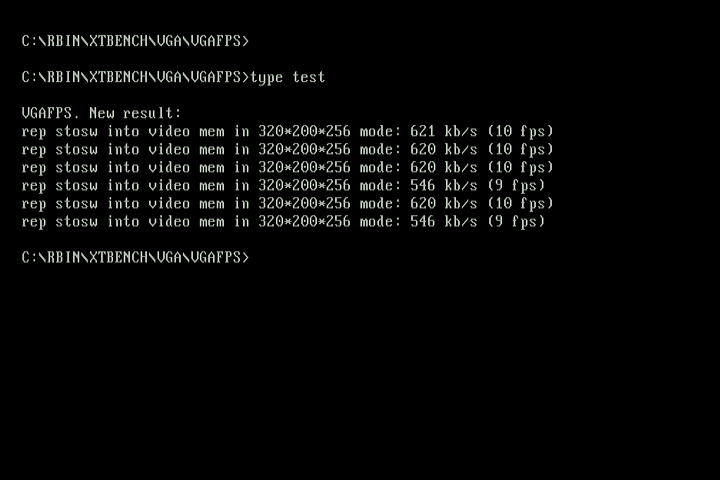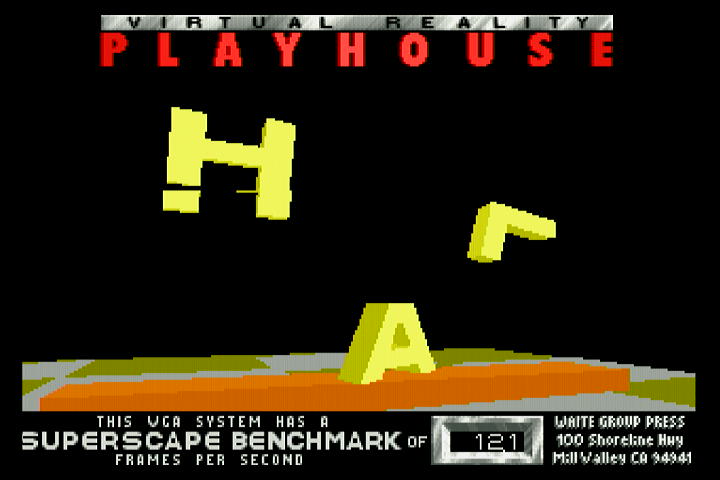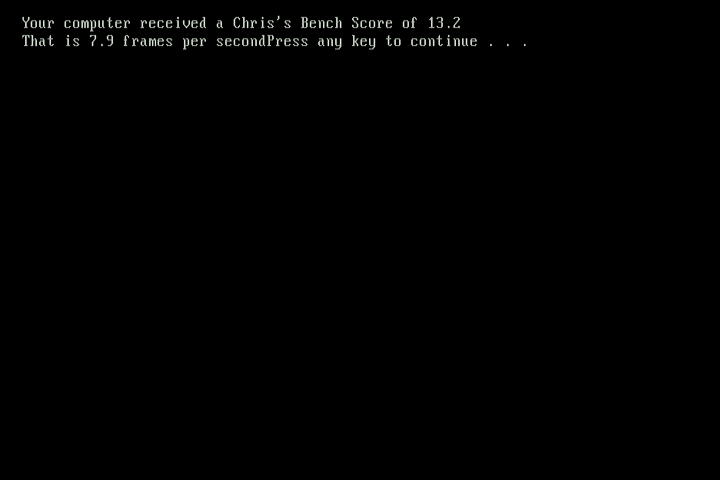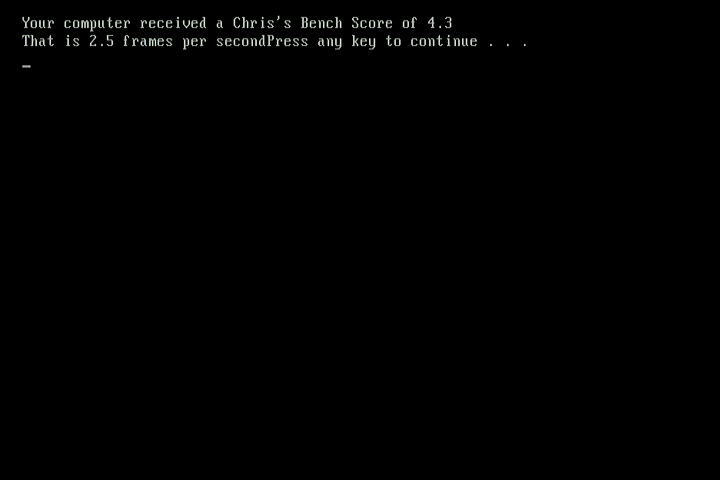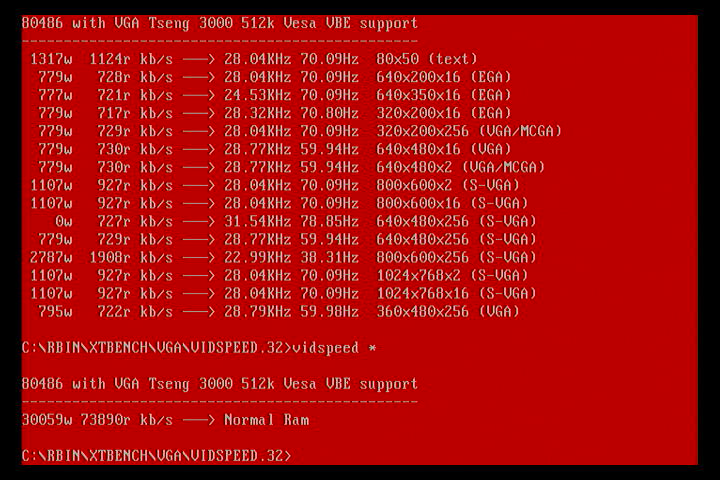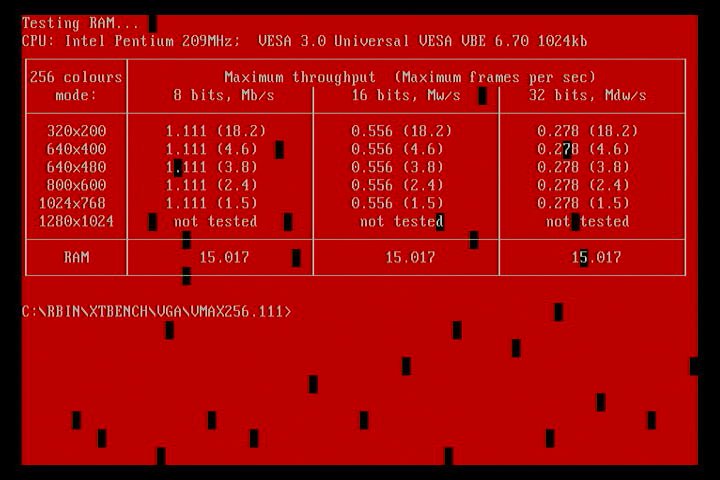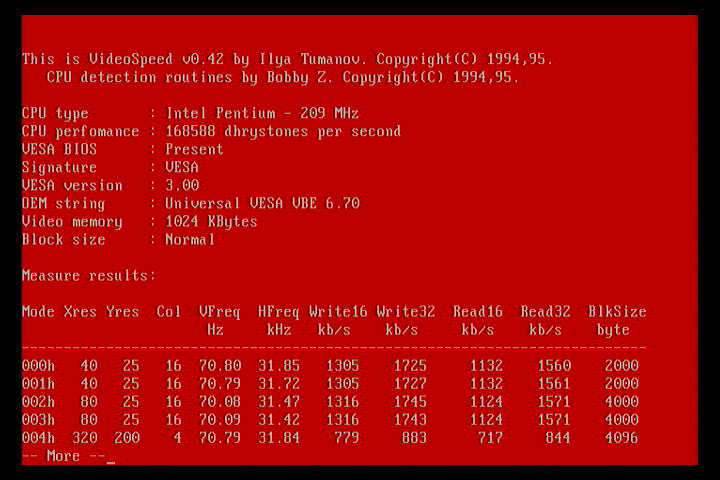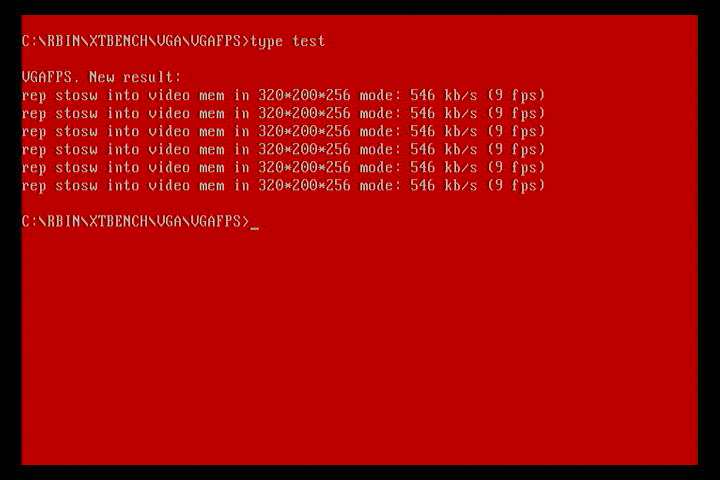Retro Review: Tseng Labs ET3000AX Part 2
1st March 2024
In part 1 I provided an overview of the physical hardware of this nice old VGA card from 1989. In part 2, I will run some base benchmarks on the card. Here's the Sigma Designs VGA H/16 card again:
Sigma Designs VGA H/16 ET3000 card
Just like I did with the ET4000 retro review, my goal is to run any benchmarks for this card on a machine that won't act as a bottleneck for it at all, in order to get the best results from the card. I'm still temporarily running my PC Chips M919 motherboard but all other specs are the same. Here they are in full:
| Motherboard | PC Chips M919 with L2 cache (1998) |
| CPU | Intel Pentium MMX 200 MHz (1997) |
| Memory | 32 MB PC133 SDRAM |
| Hard Disk | 512 MB CompactFlash card via CF-to-IDE adapter |
| Floppy Drive | Gotek floppy emulator w/ FlashFloppy |
The only change I did make was to adjust the BIOS setting that set the AT Bus (ISA bus) clock from 7.16 MHz to CLK2/3 (there are no options for CLK2/2), so I will be checking the affect on this bus overclock as well.
For synthetic benchmark testing, I am using these utilities:
|
|
Starting with the ISA bus set to its default of 7.16 MHz, I installed UNIVBE v4.0 which provides us with VESA 1.2 compatibility, then ran the tests:
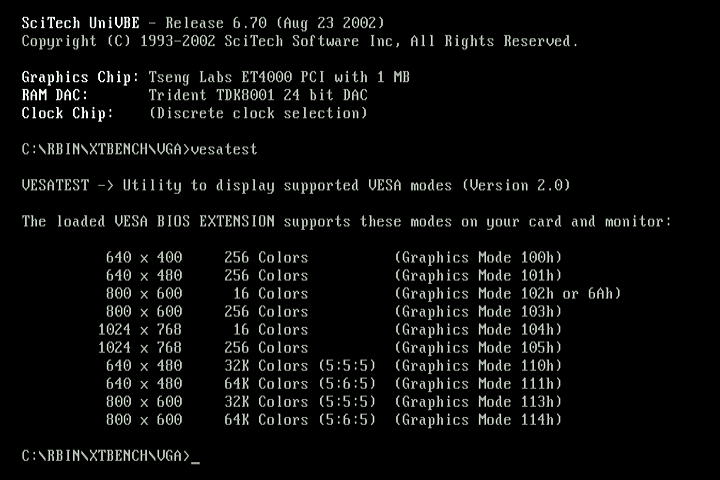
Most of these benchmark utilities mis-read the video memory size, the DAC installed, and the actual chipset.
The odd synthetic test when running in a high resolution mode ran with a garbled display, but mostly were fine. The first Superscape test produced a slightly messed up intro screen on the lower half of the 'S', but the test itself ran without any glitches. The first of the 256-colour Chris' 3D bench tests runs in 640 x 480 mode, and that ran just fine, but the second which runs in 800 x 600 produced a garbled image during the test. This is understandable, given the lack of a crystal oscillator that would support that mode. PC Player benchmark produced a garbled mess on the screen.
Overclocking the ISA Bus
With the machine set to the fastest setting (caches-wise and the AT bus set to CLK2/3), I re-ran the same tests. This produced artifacts right from the start with the card outputting a red background - aside from this, it never stopped the card from actually running any of the tests, and any graphics modes looked good:

Here were the results:
The card definitely struggles at an ISA bus clock of 11 MHz (CLK2/3)., but we'll press on:
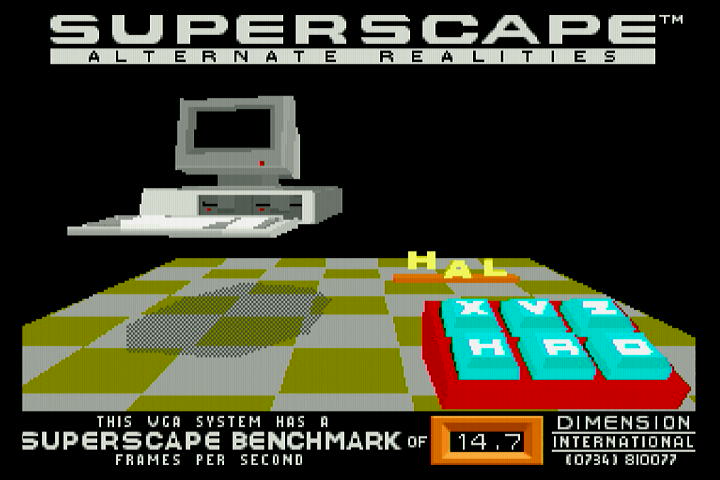

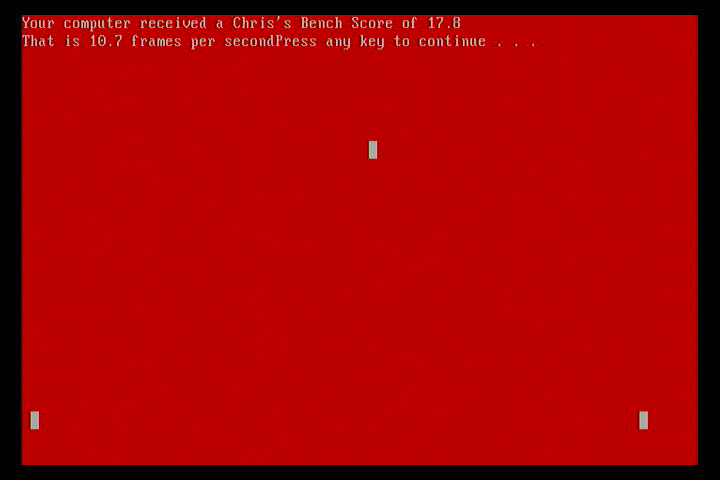
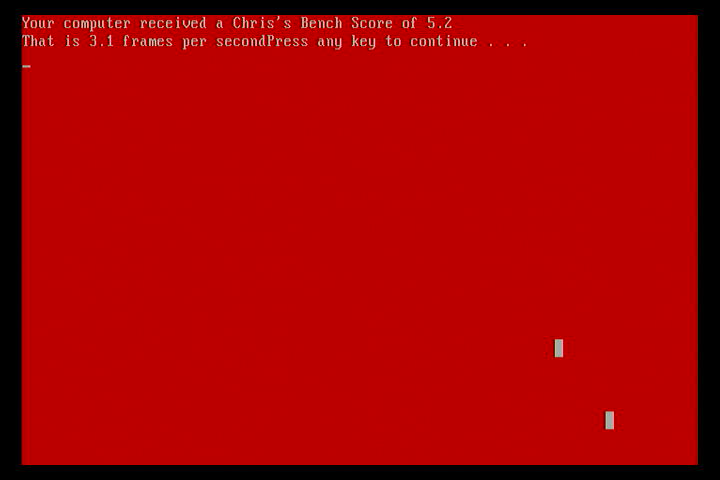
SuperScape never showed any additional artifacts during its tests (over and above that seen at 7.16 MHz), and PC Player benchmark of course failed to run with anything readable on-screen, just like before.
Here's a summary of those stats:
| AT Clock | Superscape 1.0 | Superscape 1.0c | Chris Bench (low) | Chris Bench (high) | PCP 320 | PCP 640 | Doom (low) | Doom (high) | Wolf3D |
|---|---|---|---|---|---|---|---|---|---|
| 7.16 MHz | 12.1 | 12.1 | 13.2 | 4.3 | - | - | 10.2 | 10.2 | |
| CLK2/3 (11 MHz) | 14.7 | 14.6 | 17.8 | 5.2 | - | - |
So on average we see a 50% improvement in our graphics performance by overclocking the ISA bus to the maximum of CLK2/3. Of course, not all motherboards (especially earlier ones) have this capability, but if it's there and you are using an ISA graphics card it's well worth giving it a try. Overclocking the ET3000 wasn't something it liked, producing consistent artifacts in some tests, while others showed no signs of stress at all. The system never hung during these tests at 11 MHz.
ET3000 Drivers and Utilities
For a full list of Tseng Labs downloads, please click here.
.jpg)

